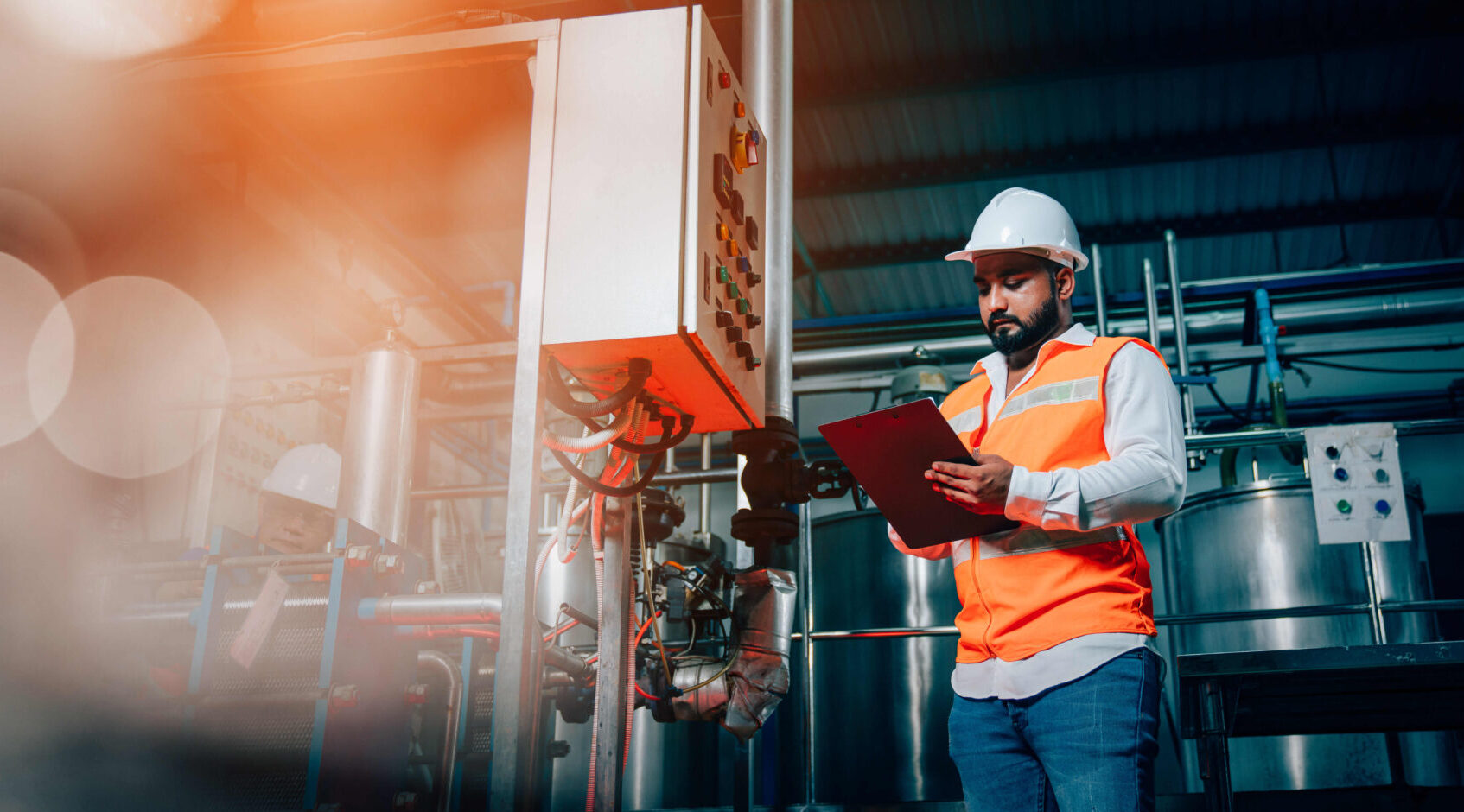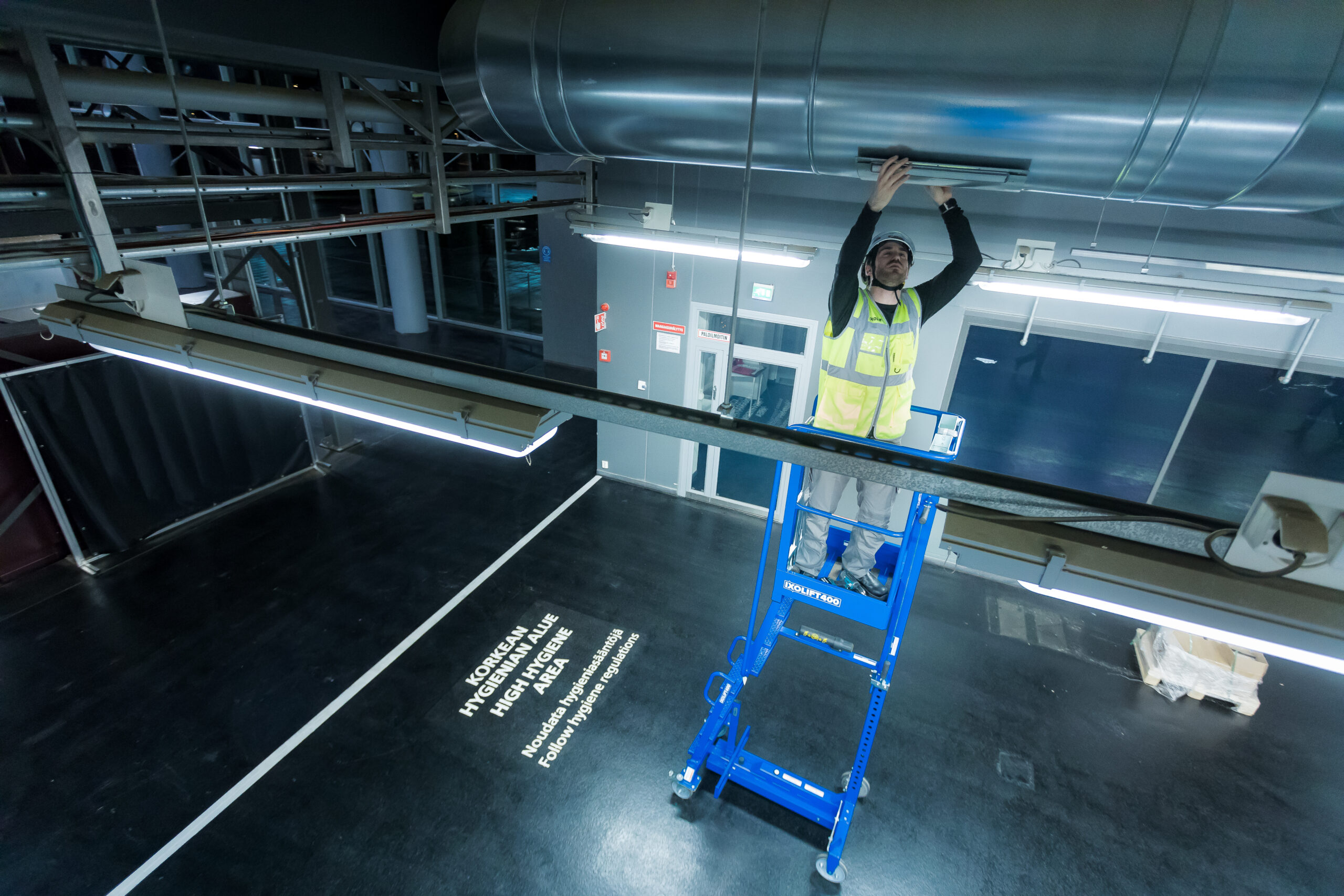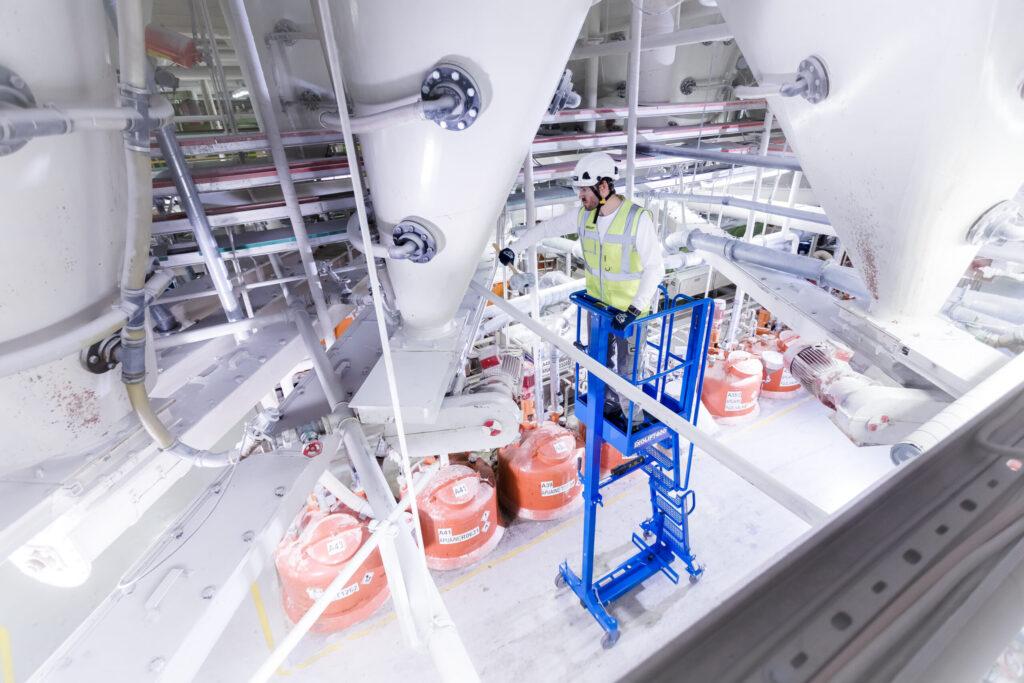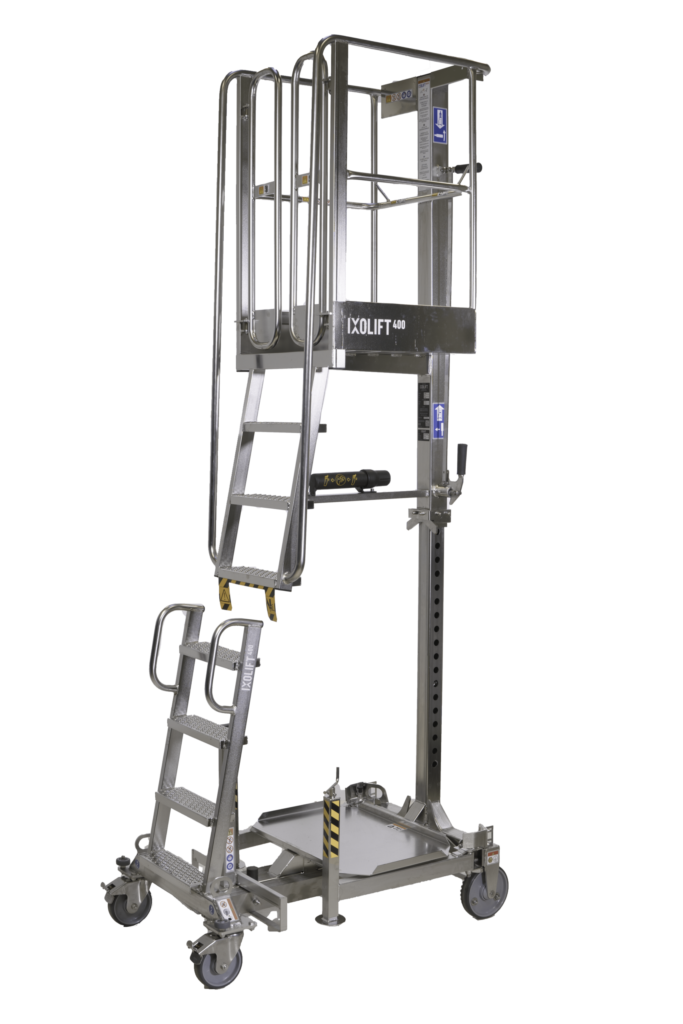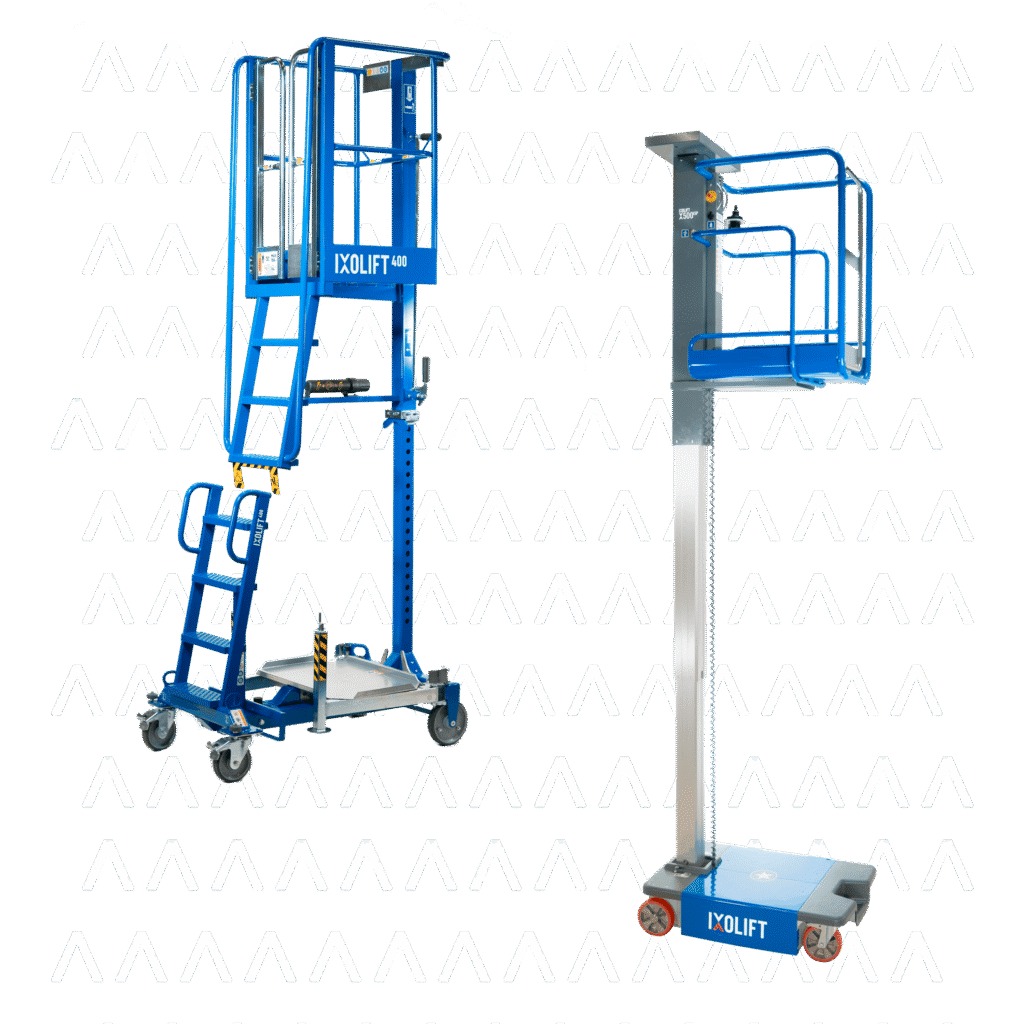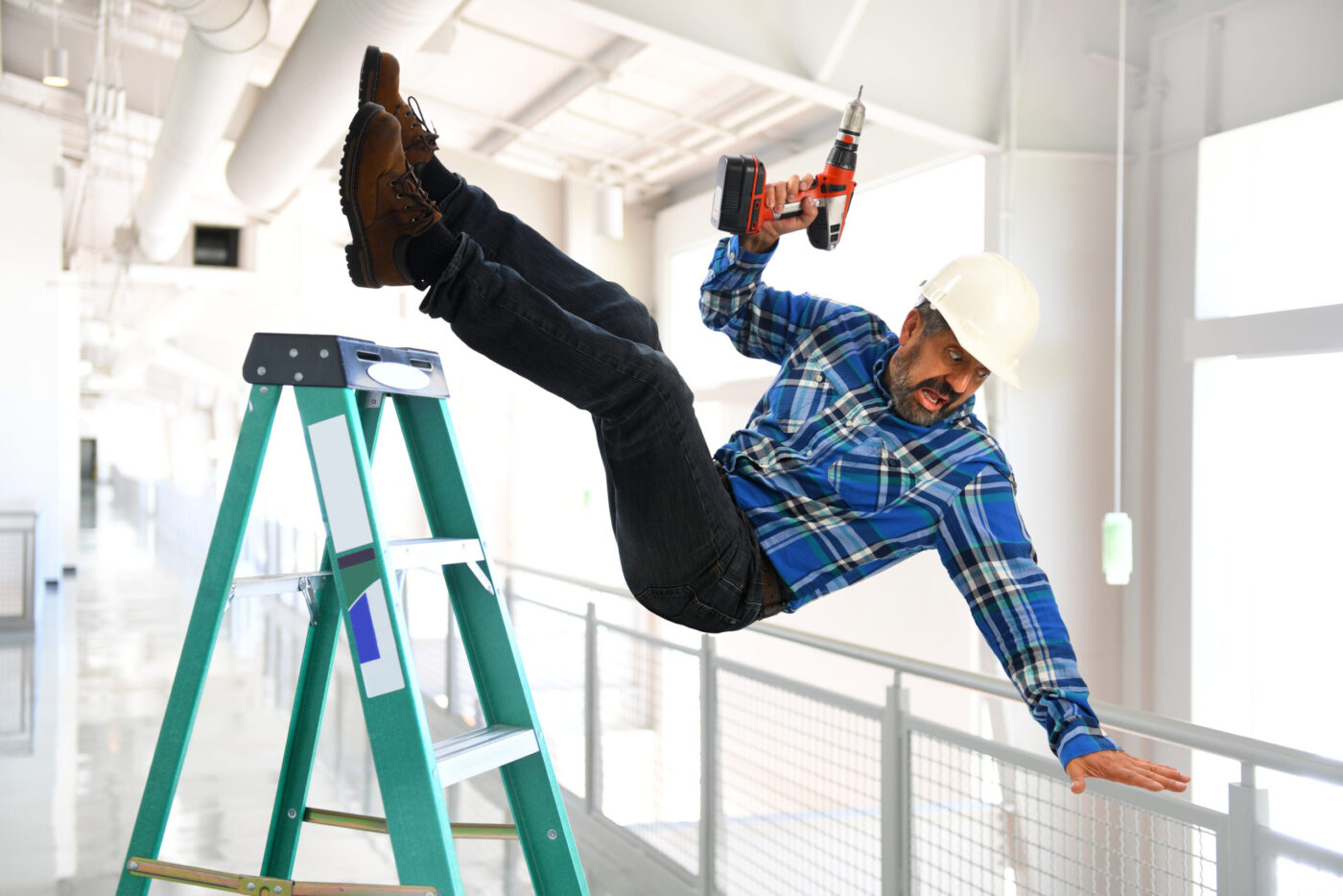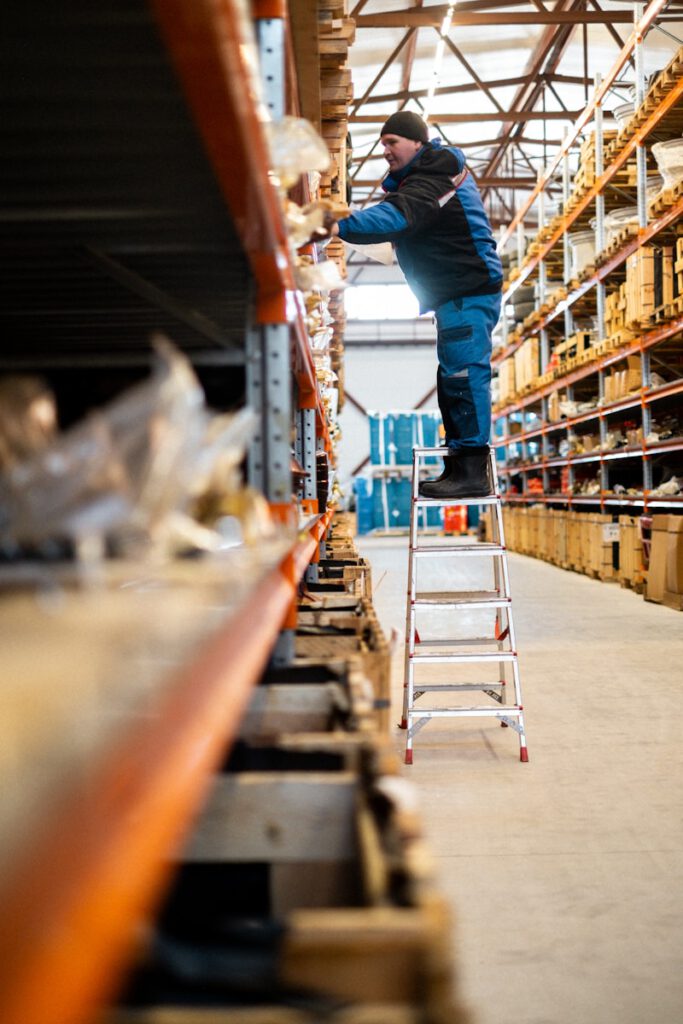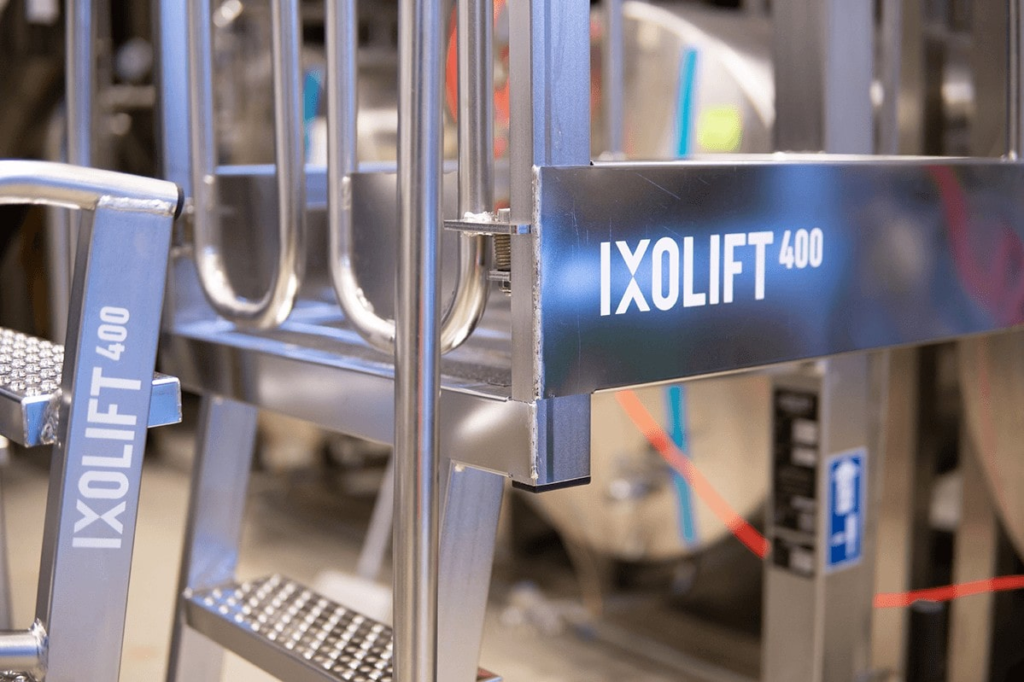Work-related accidents and illnesses cost the EU economy over 3.3% of GDP annually (EUR 460 billion in 2019)
Over the past 30 years, the EU has made impressive strides in occupational safety and health. Between 1994 and 2018, fatal workplace accidents dropped by around 70% – a remarkable improvement, according to Eurostat. While changes like de-industrialisation and advances in medical care have certainly helped, the EU’s commitment to strengthening its OSH system has played a key role in making workplaces safer for millions.

Accidents at work down 5% in 2022 from 2017
In 2022, nearly 3 million workers across the EU experienced non-fatal accidents on the job that kept them away from work for at least four days. Sadly, 3,286 work-related accidents were fatal. On a more encouraging note, overall workplace accidents have decreased by 4.6% compared to 2017—showing some progress in safety efforts, even as challenges remain.
Manufacturing recorded the highest number of accidents in 2022, with 535 977 accidents (18.0% of the total), followed by human health and social work activities (469 764; 15.8%) and construction (364 486; 12.2%).
Despite this progress, there were still over 3 300 fatal accidents and 3.1 million non-fatal accidents in the EU-27 in 2018, and over 200 000 workers die each year from work-related illnesses. Maintaining and improving protection standards for workers is therefore an ongoing challenge and necessity.
Europe OSH sets priorities for improving workers’ health and safety
The new 2021-2027 OSH framework, announced in the European Pillar of Social Rights action plan, sets out the key priorities and actions necessary for improving workers’ health and safety over the coming years in the context of the post-pandemic world, marked with green and digital transitions, economic and demographic challenges and the changing notion of a traditional workplace environment.
🛡️ Vision Zero Summary in 5 Key Points
- Eliminating Work-Related Deaths: The core ambition is to reduce work-related fatalities to zero—making every death preventable through better safety practices.
- Improving Data & Root Cause Analysis: The framework emphasizes collecting reliable data on workplace accidents and diseases, and investigating the root causes behind each incident.
- Strengthening Enforcement: It supports national labor inspectorates with training and resources to better enforce safety regulations and share best practices across companies.
- Raising Awareness & Engagement: Targeted campaigns and tools are being developed to increase awareness about workplace risks and promote a culture of prevention.
- Tripartite Collaboration: The strategy involves EU institutions, member states, employers, and workers working together to implement Vision Zero across all sectors.
🧠 Safety Training
- Employer Responsibility: EU law requires employers to provide safety training tailored to the risks of each job. This includes how to properly use PPE and respond to emergencies.
- EU Funding Support: Programs like Erasmus+, EU4Health, and the European Social Fund+ offer financial support for training initiatives, especially those that promote health and safety at work.
- Standardization & Best Practices: EU-OSHA helps develop training materials and shares best practices across member states to ensure consistent safety standards.
IXOLIFT supports the EU’s Vision Zero goal by offering EU-compliant personnel lifters that reduce the risk of falls during elevated work. By combining intuitive design with certified safety standards, IXOLIFT empowers companies to create cleaner, safer, and more sustainable workplaces across Europe.

